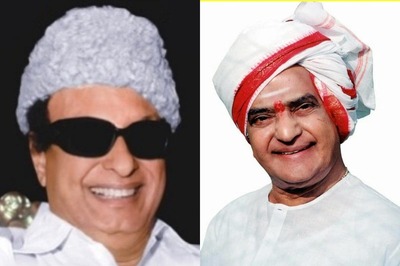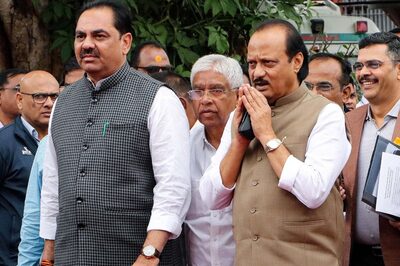
views
While opposition parties termed the Reserve Bank of India’s (RBI) annual report as “shocking”, former chief statistician of India, Pronab Sen, found 99.30 percent demonetized currency notes coming back to bank accounts an “expected” development. The noted economist also called the exercise a “failure”.
RBI, in its annual report released on Wednesday, stated that as many as 99.3 percent of the old Rs 500 and 1,000 notes, that were banned overnight in November 2016, have returned to the banks.
“Whether demonetisation has failed or not depends on its objective. It was pegged on hordes of notes that were stashed and that it will never come back. It was said that this amount would be over Rs 3 lakh crore. If that was the objective then yes, it has failed because Rs 13,000 crore is the amount, which is possibly held outside the country in nations such as Nepal, Bhutan, Bangladesh, Burma who simply did not have the facility to exchange the currency,” said Sen.
Of the Rs 15.41 lakh crore worth of Rs 500 and Rs 1,000 notes in circulation before November 8, 2016, notes worth Rs 15.31 lakh crore have been returned, according to the Central Bank’s report. The "humungous task of processing and verification of specified bank notes (SBNs) was successfully achieved," RBI said on Wednesday.
The SBNs received were verified, counted and processed in the sophisticated high speed currency verification and processing system (CVPS) for accuracy and genuineness and then shredded, it added.
SBNs refer to the demonetised old Rs 500 and 1,000 notes.
Sen went on to say that the government failed to tap how black money operates in the economy.
“Anybody who had any understanding of how black money works, knew that this will be result. I was pretty sure most of it will come back. Reason for this is that nobody sits on black money. Very few people keep it in cash unless for some temporary measures. They generally sit on it for a little while and deploy on a return-yielding activity,” added Sen.
He further elaborated that the two commonest use of black money are trade and money lending. “The entire trade sector functions on cash, a sizeable portion of which is black money. Now, both of these are economically valuable activities. There is no doubt that the black money used to finance these two activities has reduced but to the extent that the Centre expected,” said Sen.




















Comments
0 comment